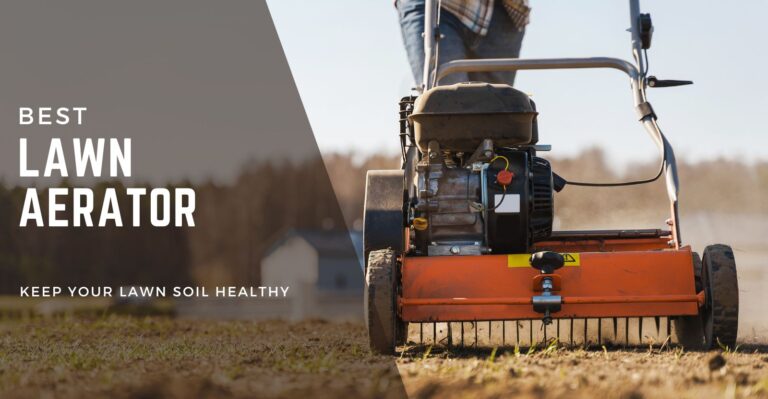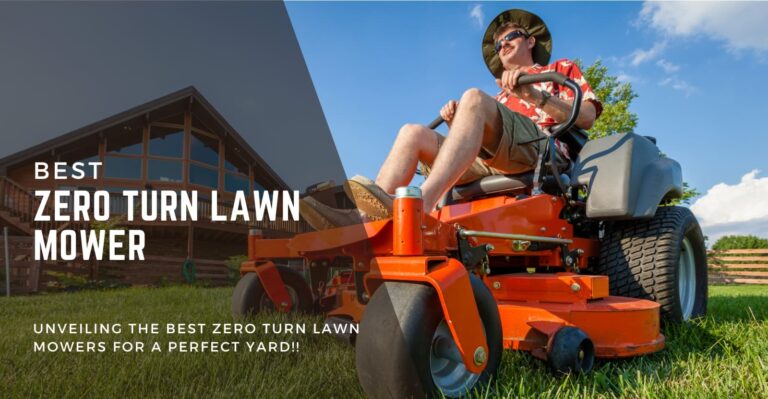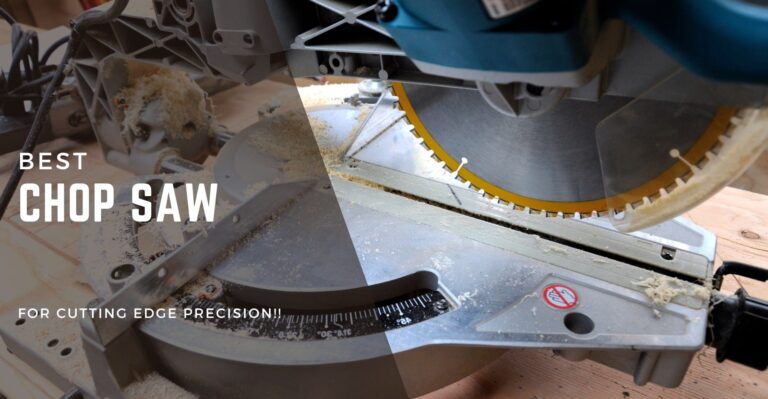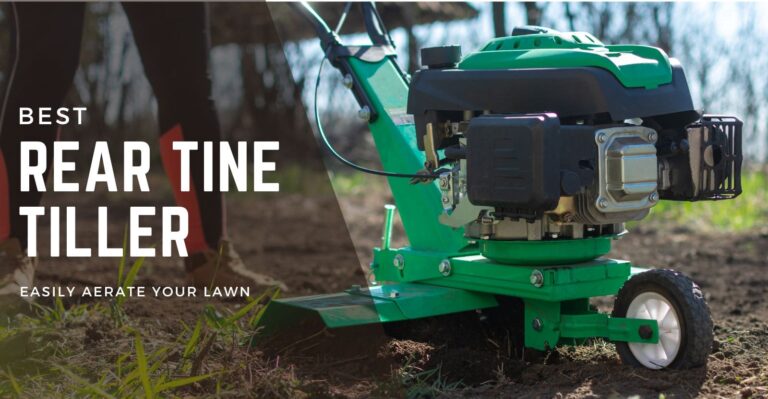Amazon has put together some great Home Gift Deals – save money and get your shopping done at the comfort of your home! Click here to see deals on Amazon
Keeping your lawn in a proper shape is not only satisfying but also improving the appearance of your yard. And any gardener will tell you that a good pair of trimming scissors is a must in your gardening tool arsenal.
The best trimming scissors allow you to shape, trim, and make intricate cuts for harvesting or trimming herbs, flowers, house plants, hydroponics, bonsai, budding, or for any cutting purpose in the garden.
The problem is, it often gets confusing to choose the best one for your needs.
In this review and buying guide, we’ll cover everything you need to know about using the trimming scissor and identify a few that give you the best value for your money.
But in case you’re in a hurry, we’ll start with a few trimming scissors that you can buy with confidence.
Quick Picks
We may earn a small commission, at no cost to you, when you buy from our link to support us. More
Chikamasa Stainless Steel Scissors
Straight stainless-steel blade with a fluorine coating that makes it sap resistant and more natural to cut any plant.
Gardenite Ultra Snip Pruning Shear
It has 6.7-inch long ultra-snips made with a precision grade stainless steel blade and a long handle to fit comfortably in your hand.
Growneer Hand Pruning Snips
Reasonably priced pruning snips with a straight stainless-steel blade and ergonomically designed handle. It comes in a pack of 3.
Top Trimming Scissors Available In The Market
Product
Name
Detail
Price
- Non-Stick coating blade
- 6.5 inch pruning shear
- Lightweight 42g scissor
- Straight stainless steel blade
- 6.7 inch pruning shear
Our Top Pick
Our top choice for the best bud trimming scissor is the Gardenite Ultra Snip Pruning Shear.
We recommend this fantastic scissor for beginners to experienced gardeners. Whether you need a scissor to prune a flower or need it for budding purposes, this is the right tool.
It’s made from a super grade stainless steel blade that gives you up to 5/16 inches of precision cutting. The long-cushioned handle makes it comfortable to hold and reduces fatigue. The ultra-smooth carbon steel spring gently opens the blade after each cut to reduce hand strain.
What to consider when buying Bud Trimming Scissor
Blade Material
Choose a trimming scissor made from stainless steel blades that are sturdy and last long.
Cutting Length
Cutting length of scissor determines how deep you can cut from the plant. Choose a thin and longer blade for more clean cut.
Non-Stick Coating
The non-stick coating on the blade allows you to cut comfortably without needing to stop and clean while cutting.
Have a question about buying a bud trimming scissor? Contact us
Best Bud Trimming Scissors Review
1. Fiskars Trimming Scissors
Best Bud Clipper For Plant
Fiskars Micro-Tip Trimming Scissor is a well-known scissor on the market. It’s made from hardened steel that makes it very durable.
This is an efficient trimming tool that makes quick, precise cuts for deadheading, trimming, and shaping small plants. The non-stick coating on the blades adds protection to the scissor. It makes the trimmer perform better than trimmers with no coat on it.
The stick-free coating keeps the edge sharp and reduces the jamming and build-up of sticky resins.
Smooth and non-jammed sharp blades make it easier to cut through the delicate flower stems, buds, or dead leaves. Moreover, the sharp edges also mean that it becomes easier on your hand as you have to apply less pressure to cut through the plant.
The non-stick coating also reduces the corrosion, thus improving the life of the trimming scissor. The smooth action spring design is sturdy and gently opens the blade after each cut. It helps with reducing hand fatigue.
The micro-tip blade on the scissor is well designed, and you can use it to make a precise cut in a tight space. The medium size handle gives you additional comfort.
Overall, it’s excellent trimming scissors that should be in the toolbox of any serious gardener.
See More Information about Fiskars Micro-Tip Trimming Scissor
Pros
Cons
2. VIVOSUN Gardening Hand Pruner
Best Bud Trimming Scissors
Vivosun Gardening Hand Pruner is an excellent tool for the selective micro-tip pruning of plants. It’s made of premium-grade sharp stainless-steel blade.
The spring-action design of the scissor makes it easy to self-open after each cut to reduce the strain. This is great for people who have medical issues such as arthritis, carpal tunnel, or other concerns.
The 2.1 inches long micro tip snips can reach narrow spots with ease. You can comfortably get between the plants to reach areas where you want to snip, whether it be a flower, leaf, or buds.
The stainless-steel blade is very sharp and can cut through most types of edible and decorative flower plants.
The handle is 3.1 inches long and has an ergonomic design to make a firm grip on it. The soft rubber grip allows you to hold it longer and to cut without getting tired. The scissor is very lightweight, which is easy to balance and use.
The secured lock mechanism keeps the blade protected and closed when not in use. The simple design of the trimmer allows you to use it by either left or right hand.
The non-slip grip increases comfort as it makes it easy to hold it. The locking mechanism is inside of the lower handle, allowing you to reach it at any time.
See More Information about Vivosun Gardening Hand Pruner
Pros
Cons
3. Chikamasa Stainless Steel Scissors
Straight Bud Trimming Scissors
The Chikamasa Stainless steel scissors are one of the best heavy-duty trimming scissors on the market. It has a straight stainless-steel blade with a fluorine coating that makes it sap-resistant.
It’s an excellent trimming scissor for gardening professionals and occasional users. The scissor is suitable for long hours of cutting and pruning. It has a very wide-open round handle that makes it comfortable to hold.
If you’re an experienced gardener, then you know that pruning for long hours makes your hand get tired. The smooth plastic grip makes it comfortable on the side that reduces fatigue.
The scissor is lightweight and very durable, which is perfect for most types of gardening. The long straight design of the blade allows you to reach narrow places and get up close to make a precise cut.
You can cut through leaves, buds, stems, and whatever else you need to prune with high accuracy. The blade is quite sharp and doesn’t require frequent sharpening.
The stainless-steel blade is also less prone to rusting. The scissor has a total length of 155 mm with a blade length of 35 mm.
See More Information about Chikamasa Stainless Steel Scissor
Pros
Cons
4. Growneer Hand Pruning Snips
Trimming Scissors for Plants
Growneer Gardening Hand pruning snip is another durable rust-resistant gardening scissor. The spring-loaded trimmer automatically opens that reduces hand fatigue.
The durable and sharp blades are perfect for harvesting or trimming herbs, flowers, house plants, and hydroponics. The stainless-steel blade is 1.7 inches long for a precise cut.
The ergonomic handles are comfortable to hold as it has a non-slip rubber grip. The built-in safety lock keeps the razor-sharp blade closed until you’re ready to open them.
The thumb-operated locking mechanism makes it easy to operate. The slim and straight design blade allows you to get into any tiny spaces to trim or prune.
It’s a reasonably priced scissor to prune delicate and medium-size plants. You can clean it easily with regular wiping down and drying. It comes with a set of three scissors that you can use outdoor, indoor, or wherever else you need to use it.
Overall, it’s an excellent trimming scissor to have whether you want to use it to trim your flower or vegetable garden or trim cannabis after harvest.
The strong spring and sturdy locking mechanism along with an ergonomically designed handle make it pleasing to use.
See More Information about Growneer Gardening Hand Pruning snip
Pros
Cons
5. Gardenite Ultra Snip Pruning Shear
Best Bud Trimming Scissors
The Gardenite Ultra Snip pruning shear is one of the most popular trimming scissors on the market. It comes with super-grade stainless steel upper and lower blades for precision cutting up to 5/16 inches.
Like most other Gardenite products, the Ultra snip pruning shear is well made, durable, and built to stand for demanding gardening jobs. It’s a perfect companion tool for deadheading, micro-tip pruning flowers, budding, and other light trimming duties.
The ergonomically designed long handles make it comfortable to hold firmly with both small or large hands. The slight contour at the top of the handle gives the finger extra leverage when cutting. The 6.7 inches long handle with a soft rubber grip reduces the strain on the hand.
It’s made of chrome zinc alloy and chrome carbon steel spring. The spring gently opens the blades after each cut. The 2-inch-long edge makes it easy to reach narrow spots in the plant without damaging flowers.
At the tip, the blades are sharpened at an angle of ¾ inches for natural pruning. The spring is sturdy and very functional. It’s nicely fitted in the trimmer and doesn’t come out when using it. When you’re ready to store, place it at a dry location.
Overall, this ergonomically designed trimmer makes it easy for both left-and right-hand people to use the tool. The snipping is smooth, and people with arthritis or other medical condition may find it easy to use.
See More Information about Gardenite Ultra Snip pruning shear
Pros
Cons
Other Good Alternatives:
Hydrofarm Trimming Scissors: Hydrofarm titanium precision scissor has an ergonomic design for comfortable cutting. The high-quality spring and stainless steel construction make it durable and long-lasting. The titanium coating prevents the rust and tarnishing of the blade.
Happy Hydro-Trimming Scissors: Happy hydro trimming scissor is lightweight design scissor to use to trim, shape or prune plants. The precision point blade makes it easy to use in both indoor and outdoor gardens. It’s a titanium-coated curved blade with an ultra-fine point for more delicate pruning jobs.
Greenthumbpro Hydroponic Trimmer: The trimmer has a soft-grip handle with a micro tip curved blade and straight blade. The spring-loaded pruning shear is ideal for hydroponic indoor and outdoor gardening, cutting clones, and pruning edible gardens.
Trimming Scissors Buyers Guide

What are the Different Types of Trimming Scissors?
The trimming scissors come in various forms, depending on their use. Many people interchangeably call scissors pruning shears since the primary function and design of the tool are the same. But these are mainly four types.
Hand Trimming Scissors: These are most commonly used to trim small plants or bush branches that are up to 3/4 inches in diameter. These are very portable and lightweight and come in two cutting blade types.
The most common types are Bypass pruners with scissor types edges, and the other is anvil pruner that has a sharp upper blade and flat lower plate blade. Bypass pruning is a common technique to maintain the yard.
Pruning Snips Scissors: These have a pair of razor-sharp but tipped scissors with a blade that is either straight or slightly curved. You can use it to cut delicate flowers or buds.
Hedge Trimmers: The hedge trimmers are also known as shrub or bush trimmers. It’s a more extended version of scissors used for cutting and maintaining large hedges, shrubs, and bushes.
Lopping Shears: Used to cut more extended plant branches or bushes. These usually come with an extendable handle that allows you to reach the top of tall hedges without needing a ladder.
What’s the Difference Between Scissors and Shears?
The functionality of scissors and shears are the same, and that’s to cut the plant. However, for gardening purposes, scissors are used for more delicate and precise cutting.
Generally, pruning shears are heavy-duty cutting tools that have a thick, short handle and straight or curved shape blades. With it, you can easily prune robust plant foliage or branches.
The pruning shears are used in making an angled cut on the stems, and removing thicker stems of large shrubs and trees. It’s a perfect tool for maintaining the yard and influencing the plants to grow through pruning.
The scissors, on the other hand, have long and thin blades. The primary use is to trim the leaves and cut flowers or buds.
The longer and thin blades mean, you won’t be able to cut stronger or thicker stalk of the plant. But it will give you a more precise cut to the hard-to-reach places in a plant such as thick bush.
Many growers of weeds use scissors to separate buds from the plant. Having a precise cutting control helps them remove buds without damaging leaves.
The scissors are suitable for precise cutting jobs like a scalpel, whereas the pruning shears are for more stringent, brute force jobs.
Read More: 8 Best Loppers for Good Looking Garden in 2021
Things to Look for When Choosing the Best Bud Trimming Scissors?
When you’re looking for the trimming scissor, Remember the following factors.
Blade Material
The quality of the blade depends on the material. Most trimming scissors are made from either stainless steel or carbon steel. The stainless-steel blades are durable and rustproof.
These stainless-steel blades are also sturdy and last longer. You can use it to trim plants multiple times before you need to sharpen it again.
Cutting length
The cutting length of the scissor determines how deep you can cut from the plant. If you’re cutting the stem or buds of the plant with large overgrown leaves, then buying a scissor with a longer blade length makes it easier to cut.
A thin and longer blade gives you a more precise cut of the flower or buds and makes it easier to separate the smaller branch from the longer stem. The size of the blade determines how large a limb you can cut.
Ergonomic Handle
The scissor handle gives you leverage when cutting. You want the handle to be wide enough to let your fingers get quickly in the holder and remain comfortable.
Non-slid handle design allows you to keep scissors firmly in the grip even when your hands get sweaty. A poorly designed handle may develop a carpal tunnel or make it difficult to use if you have a medical condition such as arthritis.
So, make sure that you buy cushioned handles that are comfortable and easy on the hands.
Non-Stick Coating
The non-stick coating on the blades allows you to cut comfortably without needing to stop and clean the scissor while cutting.
It’s probable that plants sap and resin to get stick to the scissor when doing the cutting. The non-stick coating like a Teflon or other material prevents the resins from sticking to the scissors.
Also, check out the durability of the non-stick coating as some coatings don’t last very long.
Spring Action
The spring action in the trimming scissor makes it easy to do the cutting. The spring pushes the blade outward that making it easier to cut.
It’s easy on your fingers as you don’t have to spread it to open the blades while cutting repeatedly.
Locking Function
The locking mechanism in the trimmer allows you to close the mouth of scissors when not in use. It’s especially useful if you have a spring-action-loaded scissor. The closed scissor prevents damage to the sharpness of the blade and reduces the risk of injury.
Weight
The weight of the trimming scissor is a critical consideration. The lightweight trimming scissor allows you to hold it longer and makes it comfortable to cut. It also gives you better precision when cutting the hard-to-reach places of the plant.
Maintenance
The maintenance is required for any gardening tool to make most of it. The design of the trimmer determines how easy it’s to clean the sap and dirt from it.
Moreover, at a regular interval, you have to sharpen the blades. Your ability to sharpen the blade easily allows you to use the tool longer without needing to buy a new one.
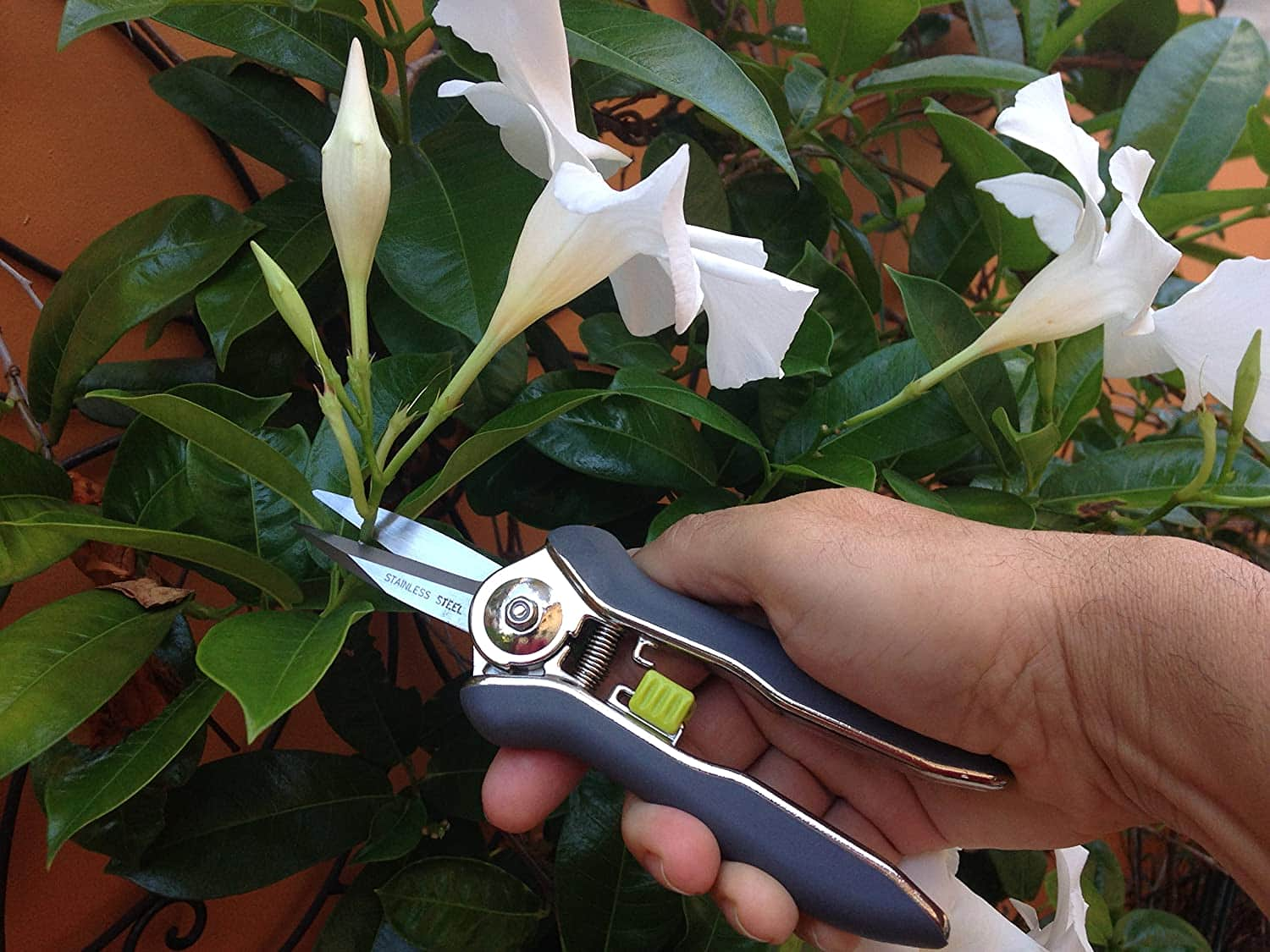
How to Trim Buds the Best Way?
There are two main types of trimming of marijuana buds, wet trimming, and dry trimming. The primary difference is whether trimming happens on the plant or after removing from the plant.
In a wet trimming, you trim the bud while it’s still on the plant. The bud remains soft and more comfortable to cut while on the plant but makes the scissor sticky with the plant fluid.
In a dry trimming, you trim already dried up curled leaves. The dried leaves are a bit difficult to cut, but you won’t have to deal with sticky gunk on the scissor.
Here are the steps to trim the wet buds.
- First, choose the branch with buds that you want to trim. When selecting a stem, make sure you pick the one that has entirely long grown buds. Clip the stem that is neither too long nor too short. The wet buds are easy to trim as they’re soft.
- By using your finger, snap-down any long-overgrown leaves. It allows you to get access to the buds. You can identify these large leaves as they’re bright green.
- Now using a trimming scissor, start nipping smaller leaves. Be careful not to prune the bud. You can choose how many leaves you want to remain on the bud.
- Once you have removed the leaves, you can remove the buds from the stem and place it on the drying rack or hang it to dry in the sunlight.
- After drying the bud, you can store it in a jar to let it cure further.
It may get a little bit overwhelming if you’re trimming cannabis for the first time. But once you get some experience, you can cut it quickly as per your needs.
If you’re a grower, you may want to nicely trim the bud to give it a good appearance that makes it easier to sell. Also, the leaves of the weeds have their flavor, and the excess leaves may make it taste harsher when smoked.
And at last, the Trichome concentration is highest in the bud that gives a good feeling when smoking. A refined bud with fewer leaves increases the potency of the weed and is more desirable for consumption.
How do You Keep Trimming Scissors Clean?
When you prune or cut plants with bud trimming scissors, it gets laced with plant fluids and saps. Moreover, if you’re using it to prune weeds, then you may get a scissor hash.
The scissor hash causes the blades to get gummed up with lots of sticky resins. It further makes it a lot harder to trim.
The first thing you should do is to remove the resin and plant material physically. You can use a sharp object or a screwdriver to remove as much gunk as possible from the trimming scissor. You can use the scissor hash for consumption.
After removing the scissor hash, it’s time for deep cleaning the trimming scissor. Alcohol is the best way to clean the scissor as it easily removes the organic matter.
For cleaning, you can fill the small jar with rubbing alcohol and submerge your trimming scissor for 40 to 50 minutes. You can then use a dry cloth or paper towel to wipe off the leftover resins from the scissor.
You can also use vinegar to clean your gunked-up scissor. It’s not as effective as rubbing alcohol, but it will clean up most of the resins from the scissor.
You can soak the clean cloth into the vinegar and wipe the blades of the trimming scissor gently to get it cleaned.
Once you get the trimming scissors cleaned up, you should oil it to keep it smooth and cut freely. If you have lubricating oil for other gardening tools, then you can use those.
But if you don’t have any lubricating oil, then you can use household vegetable oil. Simply drop a couple of drops at the scissor pivot points and rub the oil along the blade.
Afterward, use a clean, dry cloth and rub the excess oil from the scissor. It helps scissor joints to be well lubricated and makes it smooth and comfortable to use for the next trimming job.
Note: You can also use the Scissor Fix that makes it quick and easy to clean without worrying about getting all the cleaning supplies.

How do You Make Scissors Not Sticky?
A trimming scissor with non-stick coating allows you to cut objects without letting plants sticky resins or adhesives stick to the scissor blade.
If you have a trimmer that doesn’t have this protective coating, then you can apply a very thin layer of oil on the blade before doing the cut.
The oil protects the fluid to stick to the blade that you can easily clean with a wipe. You can also make a citrus-based adhesive remover to get rid of any stickiness from the scissors.
For this, you have to mix baking soda and coconut oil in a clean jar and add a few drops of citrus oil to it. You can then use it to finish the trimming job then clean any leftover with a simple wipe of dry cloth.
How Can I Make My Scissors Sharp Again?
There are several ways you can sharpen the trimming scissor. The first option is to take it to the home hardware stores where they may offer to grind it for you at a small price.
But if you’re a frequent user of trimming scissors, then sharpening it yourself may be the best option. You need a sharpening stone to sharpen it. These sharpening stones are also known as bench stones or whetstone.
You can buy Lansky Puck- Dual Grip Multi-Purposes Sharpener that works great and is very reasonably priced.
It has a coarse and fine grit surface to sharpen the scissor. You have to wet the sharpening stone first then place it on a stable flat surface. Open the scissor and keep applying the light downward pressure and move the entire length of the blade onto the stone.
Depending on how dull the tips of the scissors are, you may have to stroke around 20 to 30 times before you turn the grinding stone. Then start stroking slowly on the finer side of the stone to remove any rough edges and smooth the edge of the scissors.
For slightly dull scissors, you can use aluminum foil to sharpen the scissor. You may already have aluminum foil in the kitchen to wrap hot foods.
Use a foil that is around 12 to 15 inches long and fold it equally several times to get six to seven layers of thick foil. Now using your slightly dull scissor, start cutting the aluminum foil into 10 to 15 stripes.
Then test the scissor if it has sharpened. You may have to repeat the process couple of times to get the desired result. But use this process as a last resort as it’s not useful on entirely dull blades.

Don’t forget to share this post







